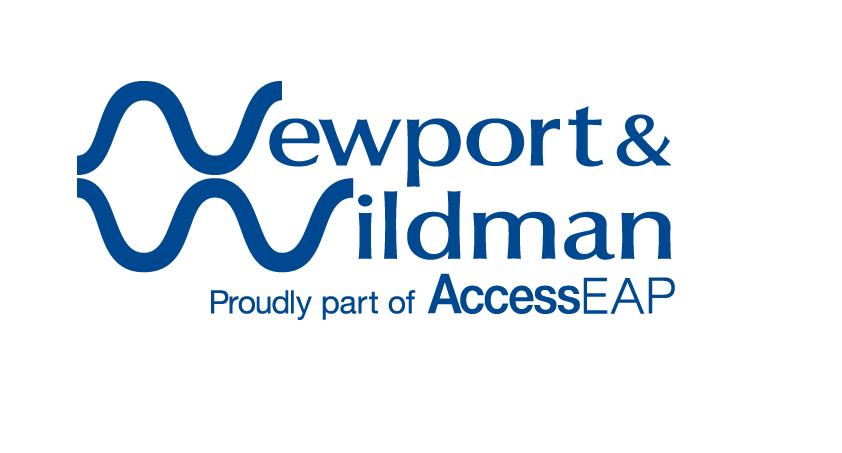You can play a role in preventing domestic violence - a message form Sally Kirkright, CEO, AccessEAP
Domestic violence is a common problem in Australia with one in six women having experienced violence at the hands of a current or former partner. Violence against women is estimated to cost the Australian economy $21.7 billion a year.1 Ninety four percent of employees agree that employers should take a leadership role in educating their workforce about respectful relationships between men and women.2 However, a National Domestic violence workplace survey revealed that 48 per cent of respondents who had experienced domestic violence disclosed it to a manager and only 10 per cent found their response to be helpful.3
Workplaces have an important role to play in supporting women experiencing violence. Often, for these women, the workplace provides a sanctuary away from the perpetrator. The organisation has a duty of care and needs to have an action plan in place outlining how to handle domestic violence situations. Many managers feel anxious about having conversations about violence with employees. With White Ribbon Day taking place on November 25th, it’s the perfect time to examine current policies and consider training managers and employees to understand domestic family violence.
Providing a supportive environment for employees experiencing domestic violence is vital but it’s not easy. There are a number of different ways employers can do this. Some workplaces include an entitlement to domestic violence leave in their enterprise agreements. Others offer flexible work arrangements, special leave, the ability to change extension numbers or leave a bag of belongings in a safe place, the possibility of working in another office, and domestic violence support information through workplace training and induction.
Education and training that identifies domestic violence as a workplace issue and equips workplaces to respond effectively can offer pathways out of violence for those experiencing it. I am pleased to advise AccessEAP is a White Ribbon approved trainer for training on domestic violence which is available to your organisation.
An important first step is for workplaces to begin a conversation about domestic violence so employers can send a clear message to their employees that:
- domestic violence affects everyone in the workplace and is unacceptable;
- those experiencing it are not alone;
- victims should feel confident that disclosing a violent situation will not jeopardise their employment;
- their employer will support them and work with them to find solutions to their situation, for example by developing a safety plan;
- disrespectful, aggressive and violent behaviour is not tolerated and bystanders need to feel they can stand up to it in the workplace. Violence can spill over from the home into the workplace. Perpetrators of domestic violence may also bully or be aggressive towards colleagues, though this is not always the case.4
With the number of women experiencing domestic violence it stands to reason that perpertrators are working in our organisations and continuing abuse via text or phone during work hours. Helping to educate employees and communicating a zero tolerance for abusive, harassing, inappropriate language (including jokes) is a step towards changing attitudes and stereotypes.
Failure by workplaces to acknowledge or address domestic violence can indeed compound the harms of such violence. Women experiencing domestic violence usually live in a cycle of fear, fear for their safety and that of children, fear of not being able to keep up the façade at work and fulfil her duties and responsibilities while dealing with the unpredictable actions of her partner. Ultimately fear of poverty, which is a major reason for victims and survivors remaining in violent or abusive relationships, the support that a woman receives from an employer can make the difference.
1.PwC, Our Watch, Victorian Health Promotion Foundation (2015) 2. Pennay, D. & Powell, A. (2012). The role of bystander knowledge, attitudes and behaviours in preventing violence against women. 3. McFerran, L. (2011). Safe at Home, Safe at Work? National Domestic violence and the workplace survey. Australian Domestic and Family Violence Clearinghouse 4. Thinking outside the (family home) box: domestic violence as a workplace issue Elizabeth Broderick, Sex Discrimination Commissioner, 23 October 2012



